|
Anatomy
of anomalous magnetic moments
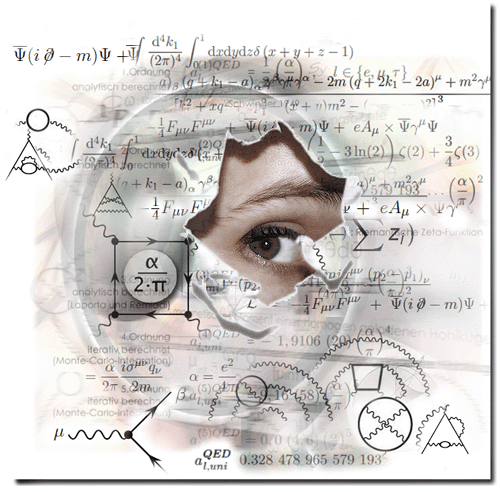
The entire analysis of
(anomalous) magnetic moments is qualitatively and quantitatively
very extensive. Here - more or less - only the results are presented in English. Detailed derivations and justifications can only be found in the German
version, see Anatomie
anomaler magnetischer Momente.
Noteworthy
is the fact that the experimental results, if considered without the
theory-laden expectations of "leptonic"
structure-less "or quark-based substructures, have an easily
identifiable commonality: the additional (supposedly
anomalous) magnetic moment contribution to the
semiclassical for the proton and electron is ~ 1 · 10-26
Joule/Tesla.
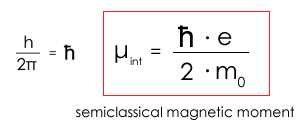 [μB´(th)] [μB´(th)]
h
= 6,626070040e-34 Js e =
1,6021766208e-19
As me = 9,10938356e-31
kg mp = 1,672621898e-27
kg
∆μB
(p) = 1,41061e-26 J/T [μexp]
- 5,0507837e-27 J/T [μBp(th)]
~ 0,90553e-26
J/T
∆μB(e)
= 9,28477e-24 J/T [μexp]
-
9,27401e-24 J/T [μBe(th)]
~ 1,075463e-26
J/T
In other words, if one embodies the magnetic field
in an "energetic analogy", the metrologically recorded
magnetic moment of the proton and the electron result from the
energetic superposition with the magnetic field. The magnetic field itself
as "energy generator" interacts with electron and proton
and provides a measurement-inherent, coupled contribution of the
order of 1e-26 J/T to the measured magnetic moment of the object to
be "examined". This means that the entire mathematical QFT-magic
around supposedly anomalous (intrinsic) magnetic moments and their
"leptonic" QED corrections are theory-induced, or simply
formulated - in the truest sense of the word - irrelevant. Furthermore, it follows that
the experimentally determined magnetic moment of the proton is now
plausible without a substructure.

Are there, besides the obviously plausible argument,
that one can not simply ignore the energy contribution of the
magnetic field (as usual in QM, QED and QCD), any further
indications for an additive contribution to the magnetic moment of
the tested particles? It is the magnetic moment of the electrically uncharged
neutron, which does not exist in the semiclassical view and gets it
magnetic moment of the postulated neutron substructure. But
is the magnetic moment of the neutron really a proof of a
substructure? Or is this assumption just a theory-laden
interpretation of the standard model?
A look at
the "naked" numbers confirms the thesis that the magnetic
moment of the electrically neutral (proton-elcetron-based) neutron
results exclusively from the magnetic field contribution that the
neutron induces in the (applied) magnetic field:
∆μBn
=
μBn(exp)
- μBn(th)
= 9,6623650e-27 J/Tesla
μBn(exp) = ∆μBn
9,6623650e-27 J/Tesla - 0
J/Tesla
Consistent assumption: The measured value
μBn(exp)
~ 9,66237e-27 J/T for the (electron-proton-based) neutron magnetic moment is "nothing more" than the measurement-inherent
contribution of the magnetic field generated by elementary
body-based matter-forming (charge-internal) interaction of electron
and proton, "induced" in the magnetic field. Which also
means that only the neutron in a magnetic field has a magnetic
moment!
"Proof": If the
assumption is right, then the magnetic moment of the
electron-proton-based neutron (μBn(exp) =
ΔμBn) must be
calculated from the measurement-inherent magnetic field
contributions of electron and proton (ΔμBe and ΔμBp).
A
"simple" way to connect the three quantities ΔμBn,
ΔμBe and ΔμBp without
explicit knowledge of the magnetic field embodiment is: (ΔμBn)
² equate to ΔμBe · ΔμBp.
Here it must be taken into account that the neutron is composed of
the q0-electron and e-proton charge interaction.

"just
remember"... The neutron mass mn arises
from a matter-forming charge interaction of the electron and proton
and can be understood and calculated by the interaction of the
elementary body charge q0 for the electron and the
elementary electric charge e for the proton.
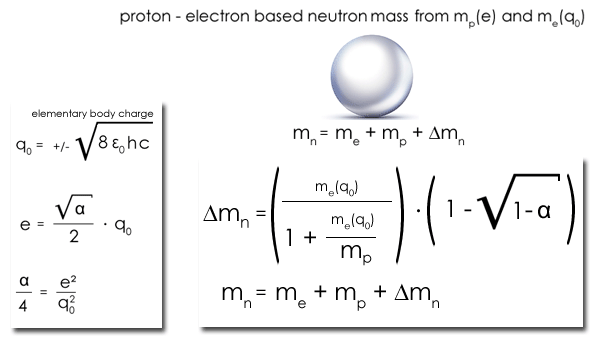
me
= 9,10938356e-31 kg
me(q0) = (4/α)
·
me = 4,99325391071e-28 kg
c = 2,99792458e+08 m/s
mp =
1,672621898e-27 kg
∆m
= 1,405600680072e-30 kg ∆Eee
= 1,263290890450e-13 J
~ 0,78848416 MeV
Taking
into account the phenomenologically-based, approximation-free
approach, in formal-analytic form of the equation: mn = mp
+ me + Δm
[mq0e], the "theoretical" result of elementary particle
theory based neutron mass calculation (according to charge-dependent
proton-electron interaction) is “sensational”.

This can
be expressed by the factor 1 + (e/q0) = (1 + (√α/2)).
The resulting -
consistently phenomenologically justified - result [equation μn] is remarkable...............................................................

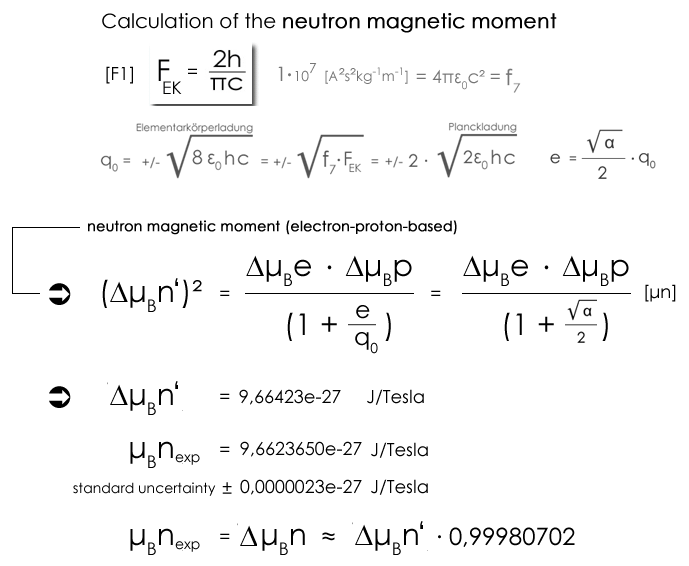
Equation
[μn]
can be "refined" phenomenologically, by including an
explicit mass dependence of the neutron in the calculation, which
expresses the effective charge-dependent mass reduction (inherently
coupled to a charge-dependent proportional charge-radius
magnification) in relation to the total neutron mass. Similar to the
hydrogen atom, the object radius increases in dependence of the
charge, only that in the case of the neutron the proton interacts as
an elementary body carrier e (e-p) with the electron as an
elementary body carrier q0 (q0-e). Furthermore,
the neutron energy as such is "conserved" overall, whereas
the H-atom emits half of the total energy as (α/4)
-scaled binding energy. The
result for the neutron is the factor 2 for the effective charge mass
in comparison to the total neutron mass.
phenomenologically
based "refined" calculation of the neutron
(anomalous) magnetic moment
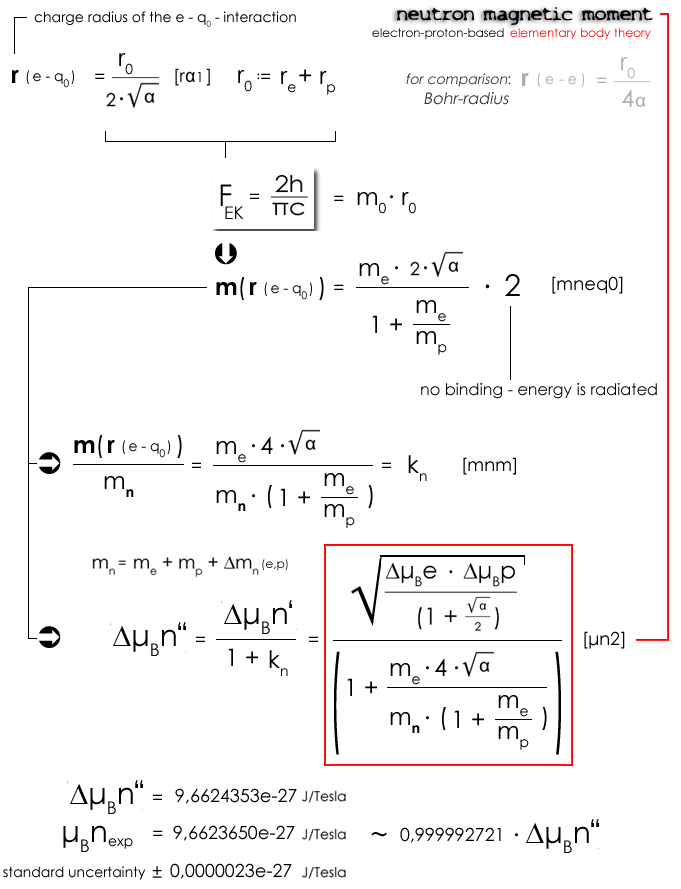
compare with CODATA
[2014] neutron magnetic moment
Conclusion
The
consistently phenomenologically-based, formalized prediction of the magnetic
moment of the neutron (equations [μn] and [μn2])
based on charge-interaction magnetic contributions of electron and
proton (ΔμBe and ΔμBp), identifies
the neutron as electron-proton-based. The
magnetic moment of the neutron is a pure "magnetic field
embodiment", meaning: The "magnetic field free"
neutron has - compared to proton and electron - no intrinsic
magnetic moment, μBn(exp)
consists solely of the magnetic field measurement inherent
contribution ΔμBn.
∆μBn
=
μBn(exp)
- μBn(th)
= 9,6623650e-27 J/Tesla
μBn(exp) = ∆μBn
9,6623650e-27 J/Tesla - 0
J/Tesla
Anomalous
magnetic moments of proton and electron
”Quantum
electrodynamics is not a foundational theory of natural philosophy
because it obtains the right result by arbitrary means: dimensional
regularization, which changes e, and renormalization, which
artificially removes infinities of the path integral method. Quantum
electrodynamics is Lorentz covariant only (it is a theory of special
relativity). Quantum electrodynamics uses the sum over histories
description of the wavefunction. This is an acausal description in
which the electron can do anything it likes, go backwards or
forwards in time for example. This acausality or unknowability
Anomalous Magnetic Moment of the Electron is contradicted
fundamentally and diametrically in QED by use of the Huygens
Principle, which expresses causality or knowability - the
wavefunction is built up by superposition in causal historical
sequence - an event is always preceded by a cause, and nothing goes
backwards in time. For these and other reasons QED was rejected by
Einstein, Schrödinger, de Broglie, Dirac and many others from its
inception in the late forties.”…
To
get an impression of the fundamental theory problem of
"radiation corrections" in a historical context, we
recommend the following contribution of Mario Bacelar Valente:
The
renormalization of charge and temporality in quantum electrodynamics
Using concrete examples, Valente shows how result-oriented, partly arbitrary
"mathematical extensions and transformations" are included
in the calculations and how "here and there" terms are
declared to be unphysical and their divergences are not taken into
account. This
is highly problematic, since no binding axiomatic rules apply. It also becomes clear that there are no physical interpretations that
fill the mathematical procedures with phenomenological content."
|
Magnetic moments - the experimental site
...
The Penning
trap is a device for the storage of charged
particles using a homogeneous axial magnetic
field and an inhomogeneous quadrupole
electric field to measure magnetic moment. This type
of "ion cage", in which the oscillatory
motion of individual particles can be detected and
controlled with great accuracy, has become
established as a measuring instrument for
high-precision measurements thanks to the work of Hans
Georg Dehmelt (Nobel Prize 1989).
Idea:
By superimposing an electric 3D multipole field with
a magnetic dipole field, it is possible to
"fix" an ion. In
this case, the magnetic field applied in the
z-direction prevents the ion from breaking out in
the radial direction, while the electric field
ensures the axial confinement. The
first experiments of this kind go back to Frans
Michel Penning in the
1930s.
See
exemplary :
Direct high-precision measurement of the magnetic
moment of the proton 2014
Physics
of a single electron or ion in a Penning trap 1986
by L.S. Brown and G. Gabrielse
|
|
Regarding the magnetic moment of the electron today's
desired predictability equates to the distance Earth-Moon with
proverbial hair-width accuracy. Metrologically, the question arises
as to whether the information has been lost, that the propagated
measurable "mirror current" or "spin-flip" of
individual electrons and protons, for example in the double Penning
trap, are influenced by the measuring apparatus as a "quantum mechanical
observer".
The basic "modern" misunderstanding of
interpreting a (quantum mechanical) experiment with "idealization"
or “reduction” means that the experimental setup - which "provides"
additive energy in the form of electric or magnetic fields - does
not act as an (energetic) interaction partner. But
supposedly intrinsic “values” of objects, such as the fine structure of the spectral
lines, or magnetic moments, are partly “created” by the "application
of external fields". This logically comprehensible unavoidable
"observation effect" is categorically denied respectively
ignored by the protagonists of standard-model physics.
Although the accuracy requirements and corrective
measures are understandable, it remains the suspicion of complex
idealizations that produce the results that go far beyond the
capabilities of macroscopic experimental setups. In relation to a
single electron or proton, it is easy to comprehend that "everything"
is - so to speak - macroscopically. It would be nice if researchers
of the Penning trap experiments are less influenced by theory-laden
thinking and much more analytic.
Detached from historical quantum mechanical fantasies
(the
Copenhagen
interpretation) and resulting inherent observer-observation
object-interactions that influence the measurement result, as well
as subsequently adventurous-precise measurement constellations, the
overarching natural-philosophical basic problem is quickly named. There
is simply no decoupling between theoretical conception and
experimental realization and no consensus on the anatomy of the
measurer from the point of view of prevailing physics. Means: The measurements are heavily
theorie-laden and considering that the propagated theory objects
belonging to the measurement are a wild mixture of classical and
quantum field theoretical terms and sizes. The plausible and
logically comprehensible statement that both the (applied) electric
field and the magnetic field, even contribute to the supposedly
intrinsic magnetic moments of the charge carriers to be examined, is
suppressed by the QED-theorists and experimenters.
Based
on the experimental values for the magnetic moments of electron, proton and neutron, it is concluded
that the magnetic field itself provides an additive,
measurement-inherent contribution to the supposedly intrinsic values.
First conspicuties
It
is noticeable that the experimental values of
the magnetic moments (μBe(exp)/μBp(exp) ~ 658,2107) are significantly different, but the absolute
difference values ΔμBe
and ΔBp
to the theoretical values μBe(th) and μBp(th) are similar.
This means: If one subtracts from the experimental value of the magnetic
moment of the proton μBp(exp)
the (semiclassical) "theoretical"
expectation μBp(th) (equation [μintm])
and compare this difference with the experimental value of the
magnetic moment of the electron μBe
(exp) minus the "theoretical"
value of the magnetic moment of the electron μBe(th), it is found that
these are "order of magnitude similar" (ΔμBe / ΔμBp ~ 1.19 / 1).
...
additive [J/Tesla] - magnetic field contributions to the proton,
neutron und electron magnetic moments ...



∆μBp
~ ∆μBn
~
∆μBe
[ ! ]
9,055284175e-27 ~
9,6623650e-27
~ 1,075462794596e-26
1
:
1,06704161
: 1,18766322
numerical
values
electron m0(e)
= me = 9,10938356e-31 kg
r0(e) = re = 2h/(πcme) =
1,5446370702e-12 m
λC(e) = λe = (π/2)
· re
9,27400999205404e-24 J/Tesla
μBe(th) (semiclassical) theoretical
value of the electron magnetic moment
9,284764620e-24
J/Tesla μBe(exp)
measurement of the electron
magnetic moment
(-) 2,00231930436182
[CODATA2014] ge electron g factor
μBe(exp)
= ( 1 + 0,00115965218091) · μBe(th)
► fe = 0,00115965218091
1,075462794596e-26 J/Tesla
: difference value ∆μBe
= μBe(exp) - μBe(th)
__________________________________________________________________________
proton m0(p)
= mp = 1,672621898e-27 kg
r0(p) = rp = = 2h/(πcmp) =
8,412356403e-16 m
λC(p) = λp = (π/2)
· rp
5,0507836982111e-27 J/Tesla
μBp(th) (semiclassical) theoretical
value of the proton magnetic moment
1,4106067873e-26
J/Tesla μBp(exp)
Meßwert, magnetische Moment des Protons
5,585694702 [CODATA2014] gp
Proton g Faktor
μBp(exp)
= ( 1 + 1,7928473512) ·μBp(th)
► fp = 1,7928473512
9,0552841747889e-27 J/Tesla
: Differenzwert ∆μBp
= μBp(exp) - μBp(th)
__________________________________________________________________________
electron-proton-ratios
1836,15267376007 =
mp/me = μBe(th) /
μBp(th)
2,78961237051261160 = ( mp/me
) / ( μBe(exp) / μBp(exp)
) = ( μBe(th) / μBp(th)
) / ( μBe(exp) / μBp(exp)
)
658,21068660613 = μBe(exp)
/ μBp(exp)
1,187662993831791717 = ∆μBe
/ ∆μBp
1546,021626754602 = fp
/ fe = ( mp/me
) / ∆μBe / ∆μBp
__________________________________________________________________________
physical constants
α = 0,0072973525664
1/α = 137,03599913815451 e = 1,6021766208e-19
As : electric elementary charge
h = 6,626070040e-34
Js : Planck constant c = 2,99792458e+08 m/s
: speed of light
f7 = 4πε0c²
= 1e7 A²s²/(kg·m)
elementary body charge : q0 = 2·e/√α
= 3,7510920453946e-18 As
Charge-carrier-dependent
dimension of the measurement-inherent contribution to the magnetic
moment
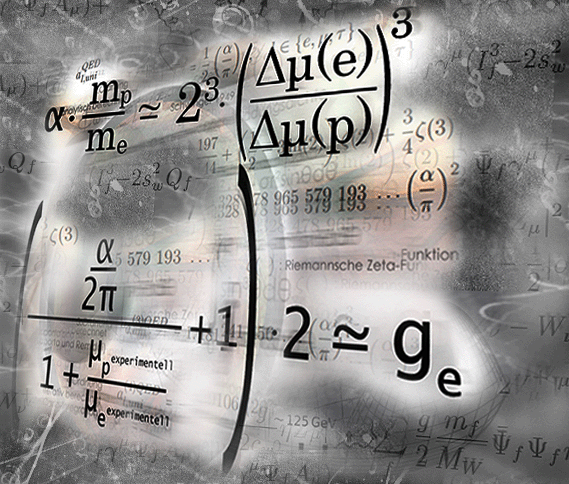
Let us continue our analytical „expedition” with a
fundamental consideration, which becomes a surprising calculation.
One question is: Is the inherent magnetic field contribution to
the magnetic moment multi-directional?
If
the magnetic field contribution were proportional
("normal") to the mass of the magnetic field interacting
charge carrier, the ratio of fe to fp would be
equal to the ratio of me to mp.
That's
obviously not the case. Measured: 1546.021626754602 = fp
/ fe = (mp / me) / (∆μBe
/
∆μBp)
Suppose that the magnetic contribution contributes
one-dimensionally "abnormally" to the two-dimensional
"normal" charge-carrier mass dependence in
three-dimensional space. With this assumption we obtain, to a good
approximation, for the one-dimensional ("anomalous") part
~ α/8.
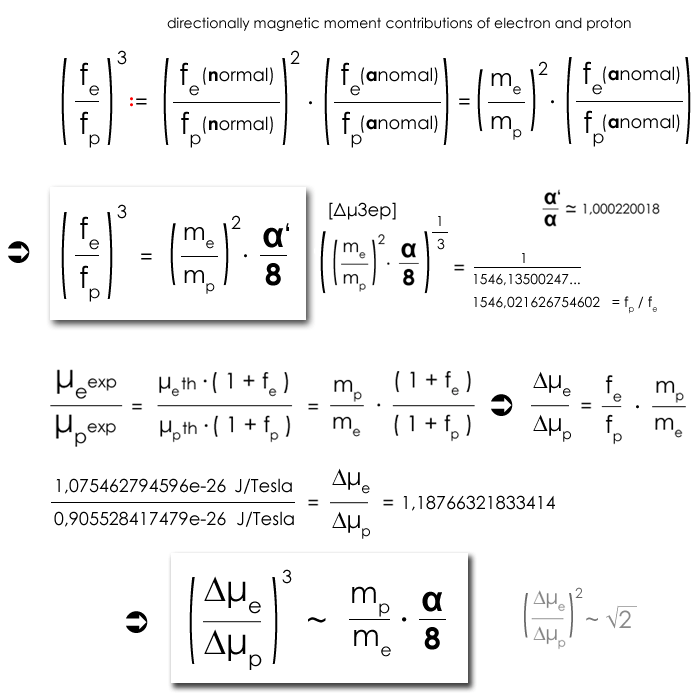
 details Anatomie
anomaler magnetischer Momente.
details Anatomie
anomaler magnetischer Momente.
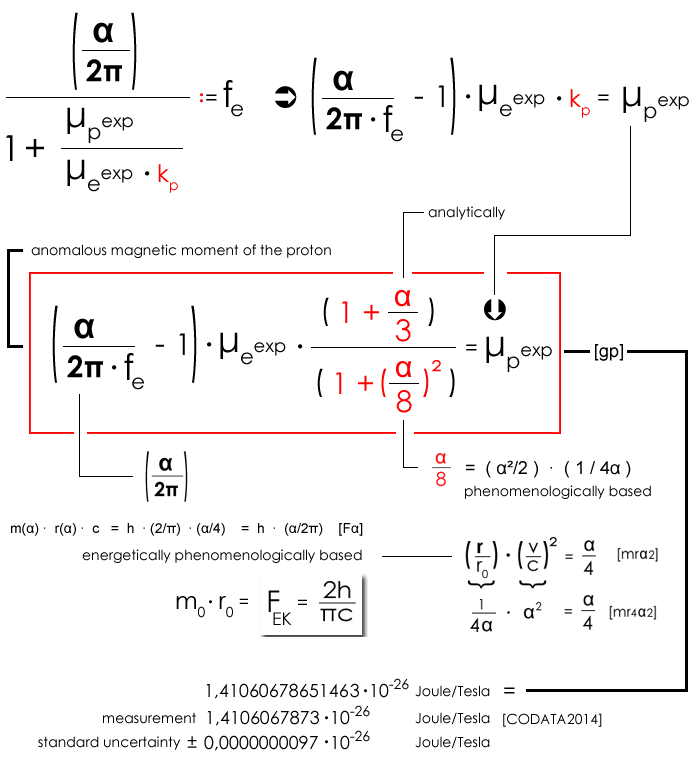
Comparing the above parameter-free equation [gp] with
the gigantic efforts of standard model physicists to determine the
magnetic moment of the proton, shows impressively clear, what
plausible reasoned, analytically observational physics is and how
extremely minimalistic and expedient the model of a mass-radius
coupled space is in connection with an inherent contribution of the
external magnetic field to the magnetic moments. Equation [gp] can
be easily transformed to the g-factor of the proton :
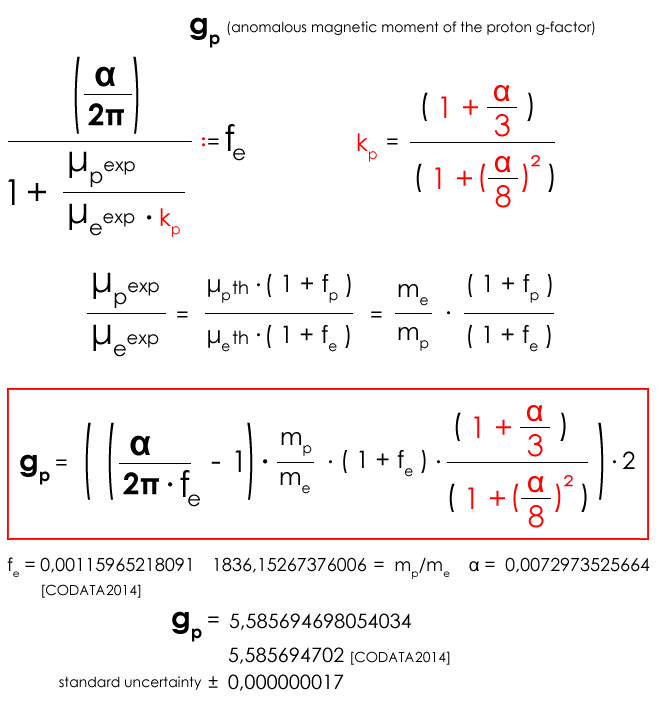
[CODATA
2014] gp
electron
anomalous magnetic moment calculation
We calculate the electron
(anomalous) magnetic moment with "simple" means, that is,
based solely on α-terms (... as precisley as it is specified in the "ultra-precise"
measurement and QED computer simulations). We start
reciprocal-proportional with the same α-terms that were used to (exactly) calculate the
g-factor of the proton.
 details Anatomie
anomaler magnetischer Momente.
details Anatomie
anomaler magnetischer Momente.
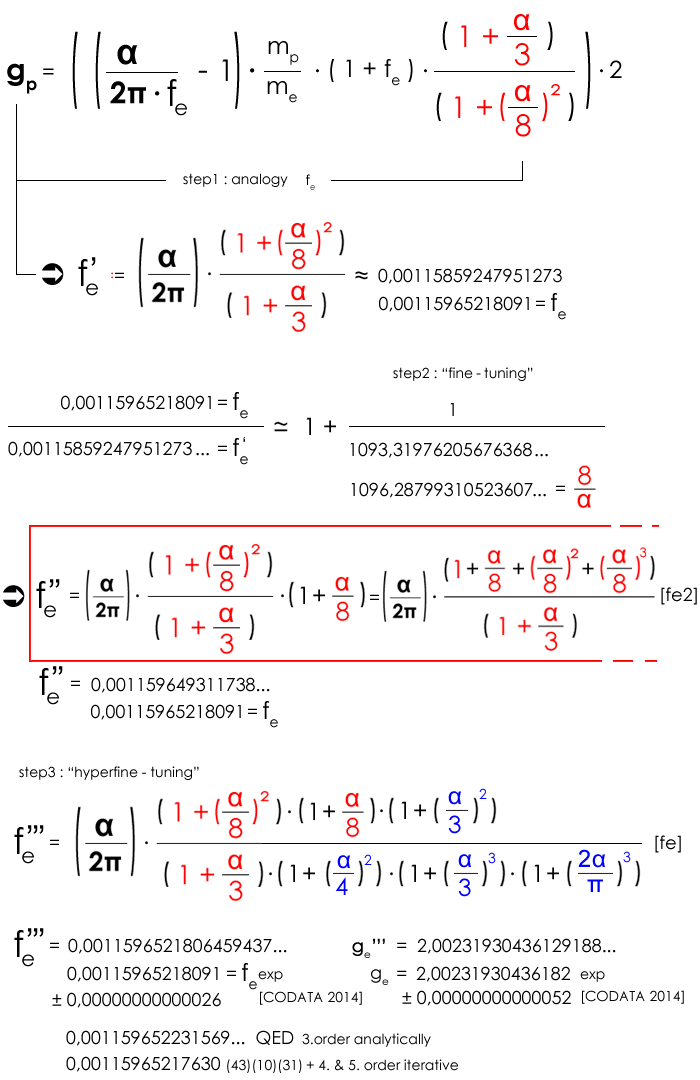
For
a first orientation, compare the above equations with ~ 13,000 (in
words, thirteen thousand !!!) Feynman diagrams and the resulting
millions of numerical calculations, of which analytical results are
available only up to and including the 3rd order. The (only)
analytical QED calculation has a relative standard deviation of only
~ 4.37e-8 rather than the ~ 2.6e-13 (CODATA 2014) to the
experimental reading. The
"rest" is "faith work" in the form of years of
Monte Carlo integrations on computer clusters.
Equation [fe] is a
parody of the result-oriented QED "perturbation
calculation" (including postulated hadronic contributions) for
the determination of the g-factor. For example, the measurement-oriented,
numerically-determined "blue terms" could originate from
the electric (quadrupole) field of the Penning trap.
The
natural-philosophical standards within elementary-body theory allow
only »fine-tuning« - expressed by equation [fe2] -
to appear consistent and "argumentatively tenable". Thus
the magnetic field gives an additive
contribution to the magnetic moment of the electron ΔμBe
respectively to the fe-value, which depends only on "alpha
terms", in very good agreement with the experimental value.
The "red terms" 1+ (α/8) +
α/8)² + (α/8)3 represent a sequence that could be
thought of fractally terms, but mathematically the conceivable
supplementary terms (α/8)4, (α/8)5,
..., (α/8)n lay outside the measurable. For even
the additive term (α/8)4 increases fe
'' only by 0.000000000000101 to 0,00115964931173901 instead of
0,001159649311738. So already clearly outside the specified
measuring possibilities.
Present
results in the context of a phenomenologically justified
mass-radius-coupled magnetic field embodiment stringently followed
the numerical analytical conspicuousness of the experimental
measurement results and the resulting assumption of
measurement-inherent magnetic field contributions. The central "(Schwinger) oscillator term" = (α/2π) is derived from
the embodiment of the magnetic field, taking into account the
energetic ratios of the electrical energy and the electric
elementary charge e compared to the total energy, expressed by the
elementary body charge q0. The ratio e/q0 =
√α/2 is also consistently decisive for the calculation of
the magnetic moment of the neutron from the proton and electron
magnetic field contributions ΔμBe
and ΔμBp, see equations [μn] and [μn2].
The
α-correction
calculations for the oscillator term - which lead to fe ('', ''') -
are worthy of discussion, since here a (complete) model of the still
unknown "(magnetic and electric) field phenomenology" is
missing.
In this context,
coincidence is phenomenologically (due
to the consistency of the model), logically
and methodically excluded. The result: Leptonic and quark-based
fantasies crumble away. Further consequences: The neutron is
electron-proton-based and like the proton without (quarks & Co)
substructure. QED has (now) an unsolvable problem; we do not really
need to "talk" about QCD here for reasons of
insignificance...
to
be continued... |
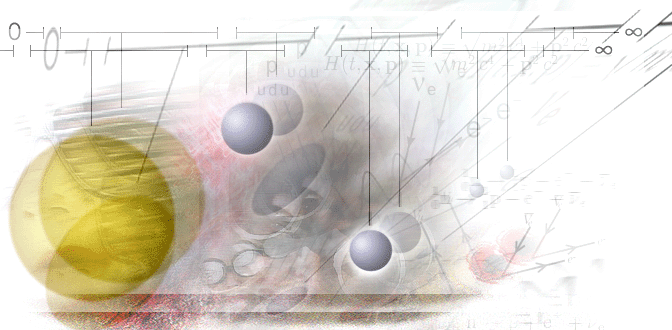


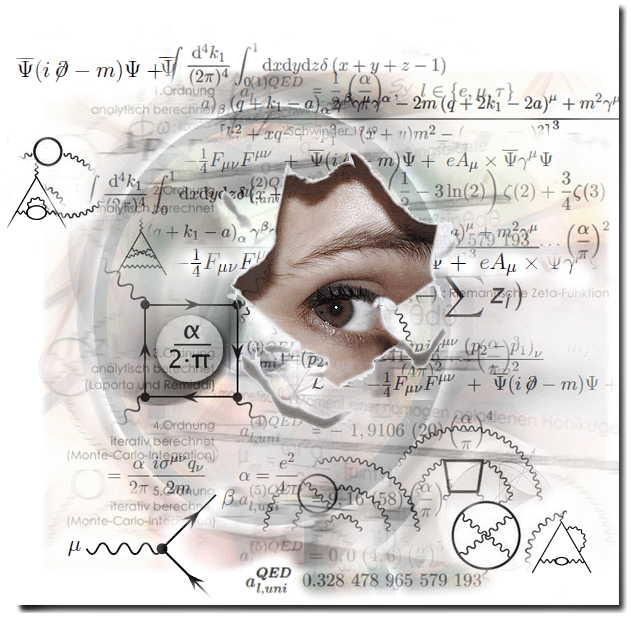
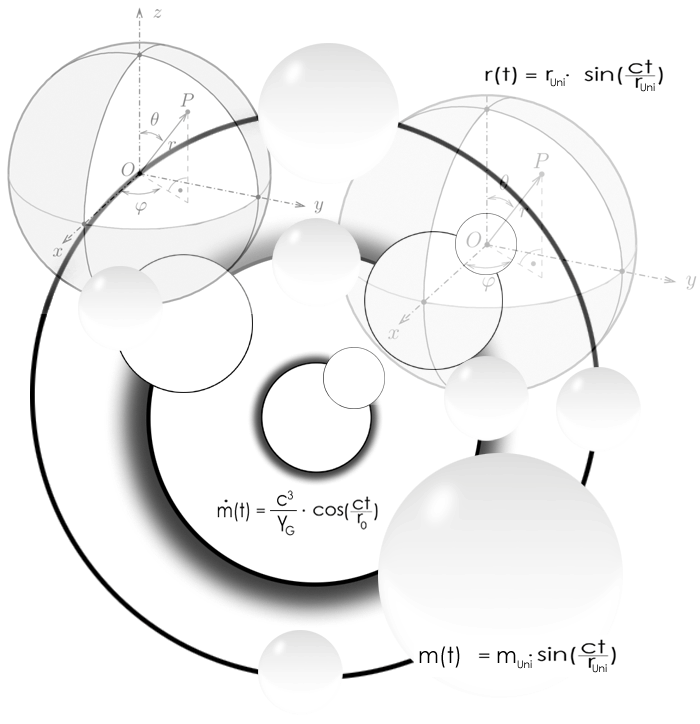
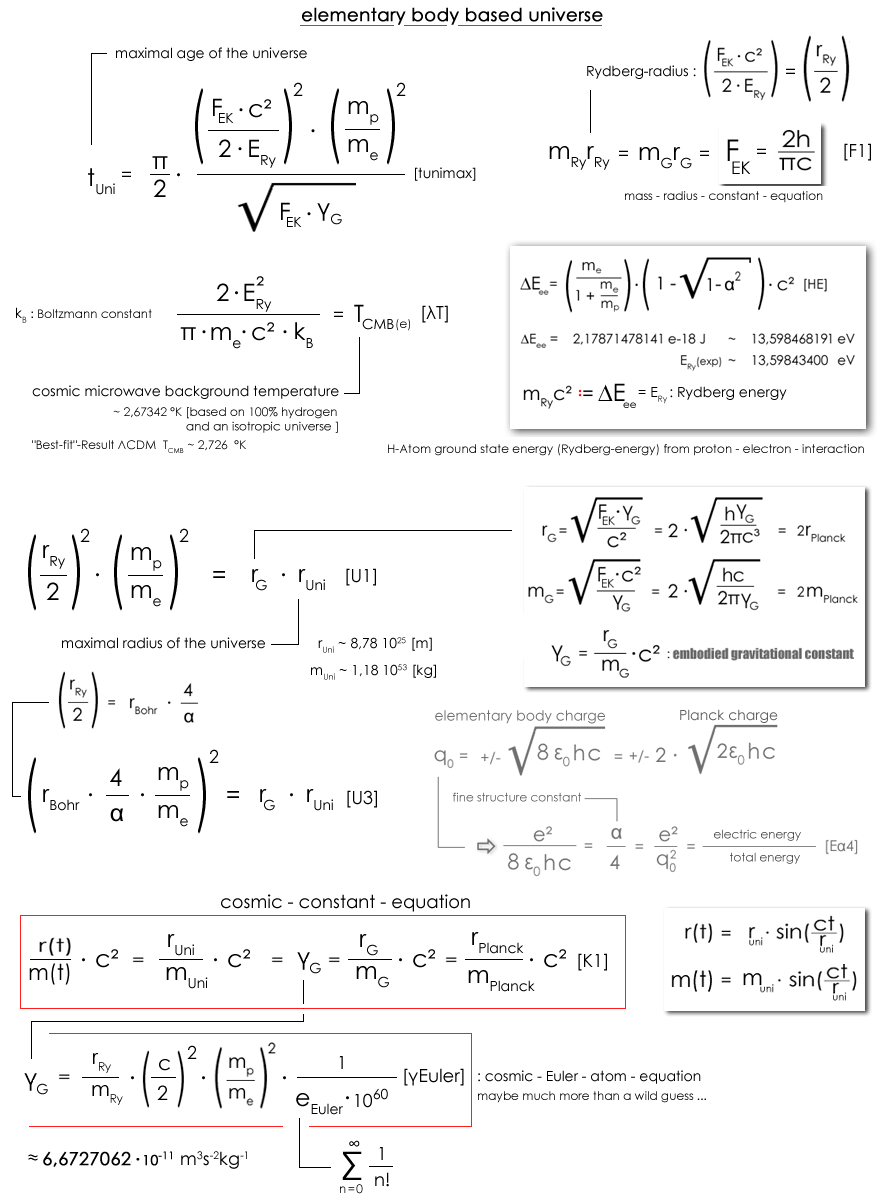

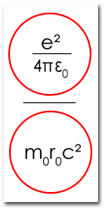
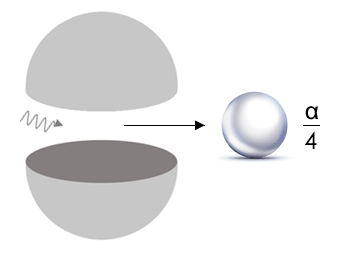
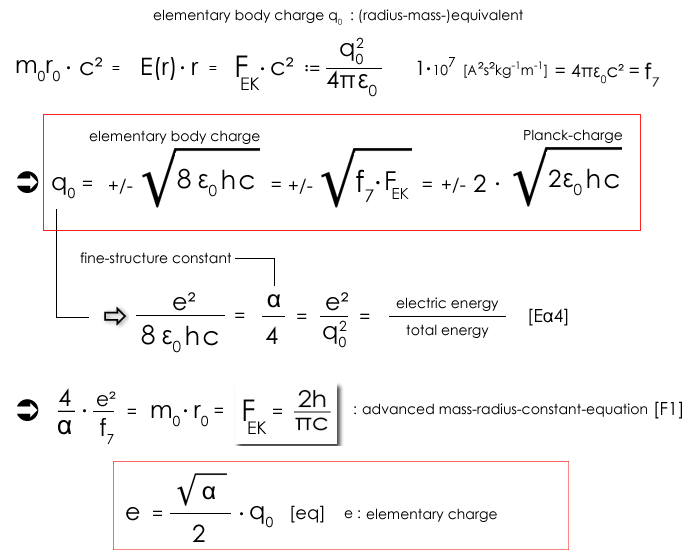
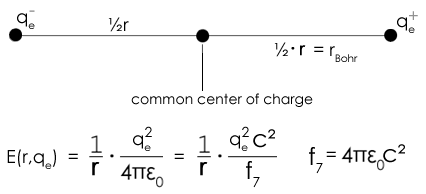
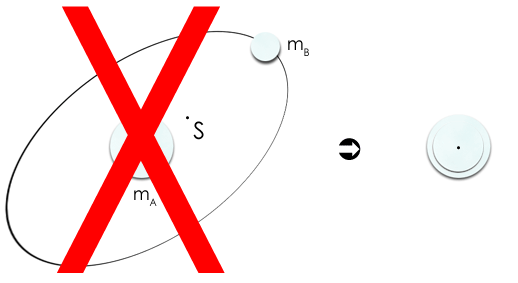
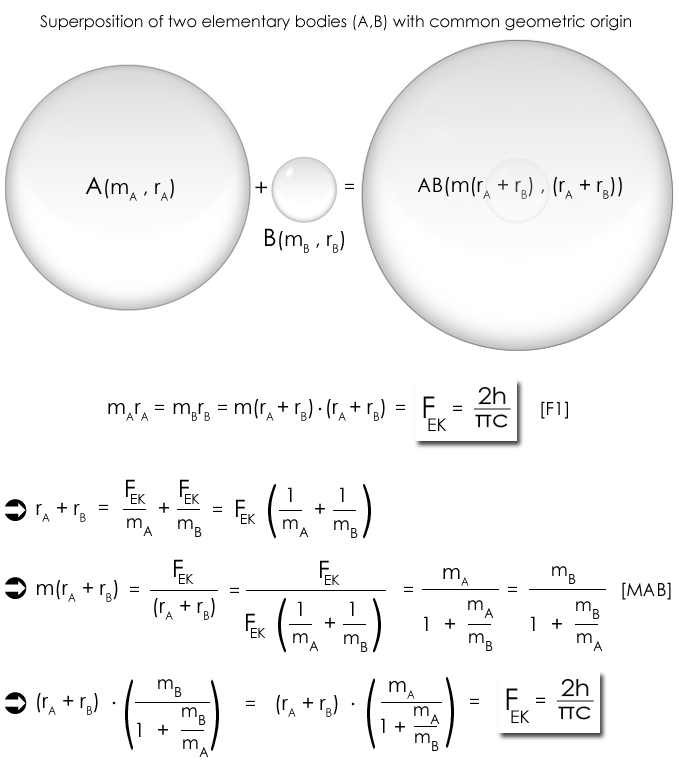
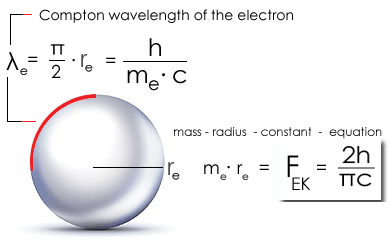
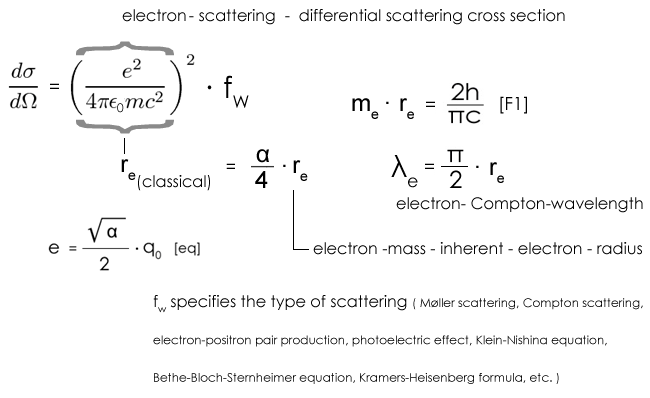
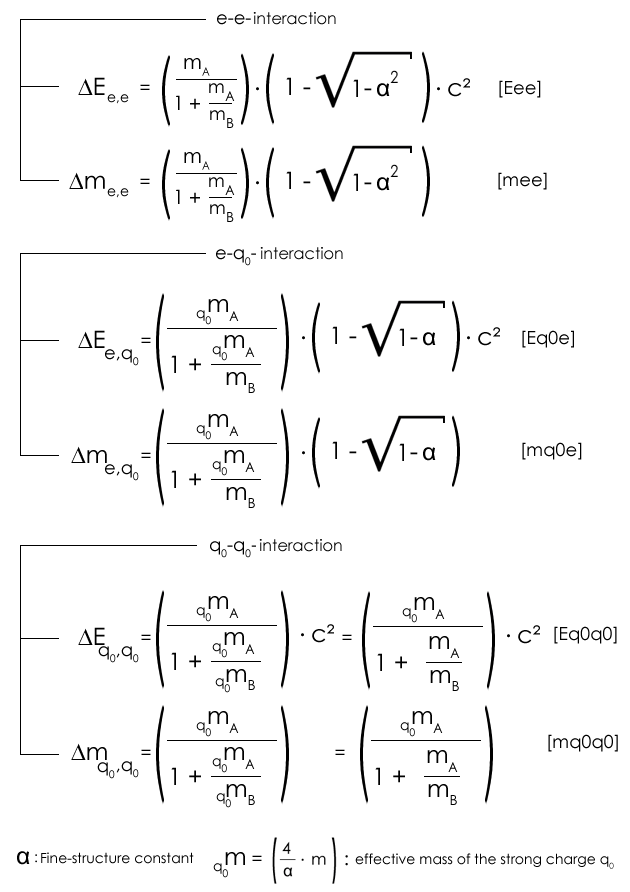
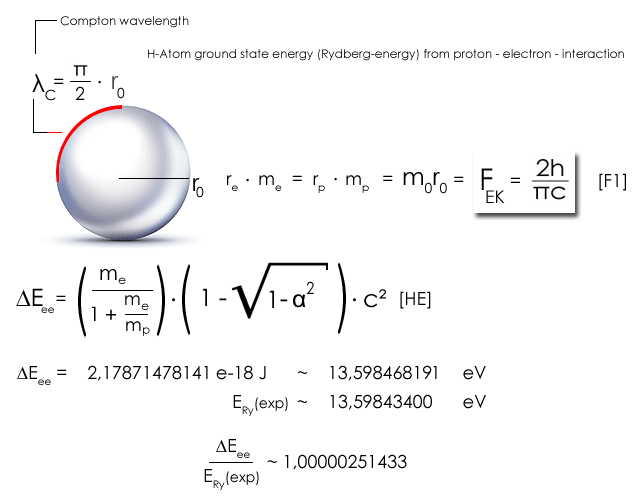
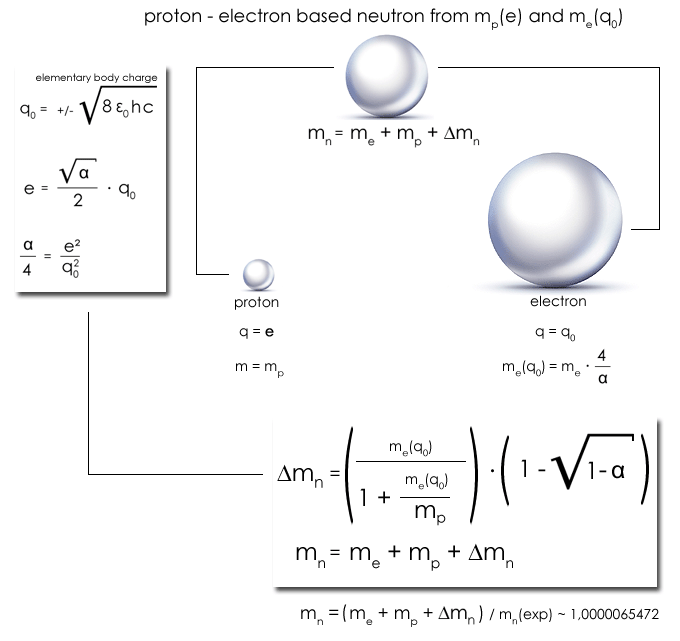
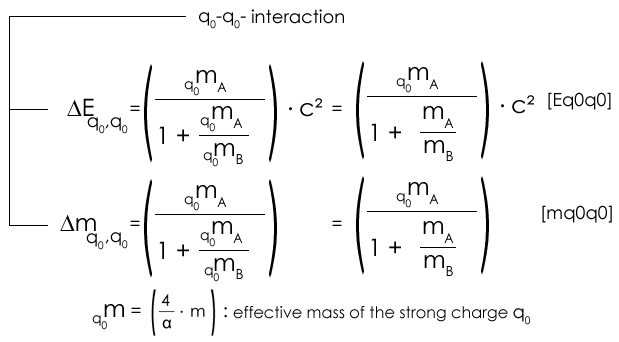

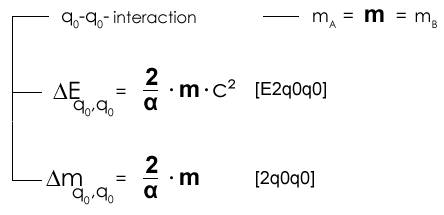
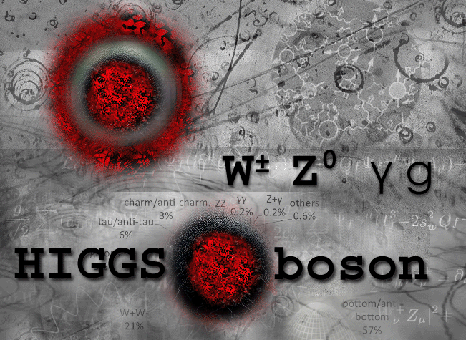
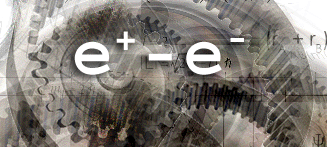

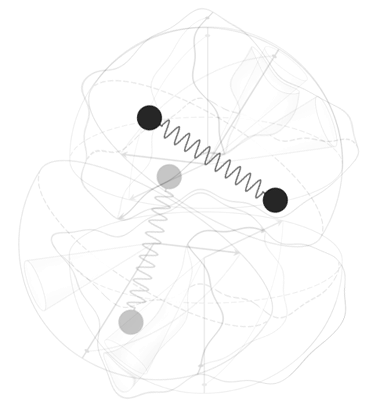





 [μB´(th)]
[μB´(th)]







